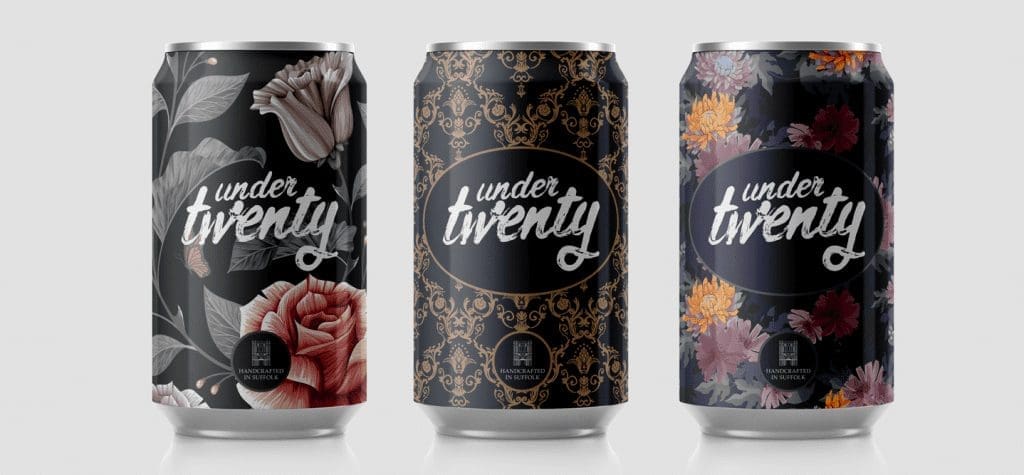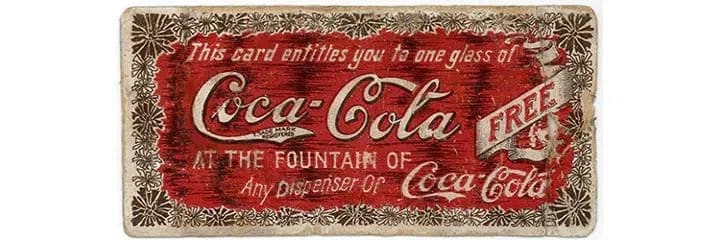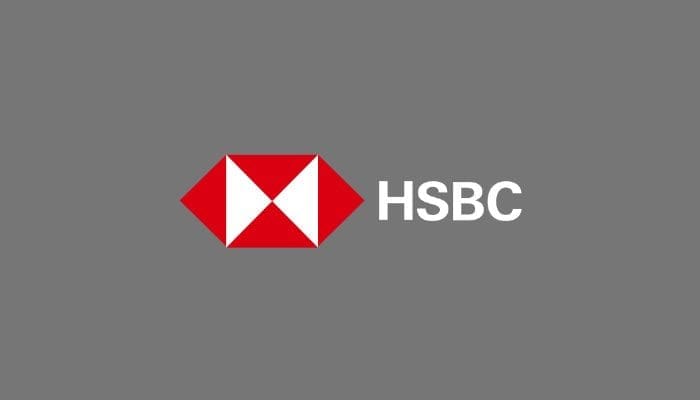Useful Guides
Comprehensive Guide to Branding & Logo Design: Strategy, Expertise, and Execution
Discover the essential elements of effective branding and logo design to help your business stand out and make a lasting impact.
Branding and logo design are critical components of a successful business identity. A well-crafted brand strategy and visually appealing logo can set your business apart from the competition and leave a lasting impression on your audience. In this comprehensive guide, we will explore the key aspects of branding and logo design, providing insights and tips to help you create a powerful brand identity for your organisation.
The Importance of Strategic Branding & Logo Design
- The role of branding in defining your business identity: Branding helps create a unique and memorable identity for your business, which sets you apart from competitors and helps customers connect with your products and services.
- The impact of a well-designed logo on your brand’s perception: A logo is the visual representation of your brand and often the first impression potential customers have of your business. A professional and effective logo design can build trust, recognition, and credibility.
- Understanding your target audience and objectives: Knowing your target audience is crucial for successful branding and logo design, as it helps you create a message that resonates with them and aligns with their needs, preferences, and expectations.

Further Reading
Developing a Brand Strategy: Getting to Know Your Business
- The benefits of a strategy session: A strategy session allows you and your designer to define your brand’s mission, vision, values, and unique selling propositions, laying the groundwork for a cohesive and effective brand identity.
- Identifying your brand’s unique selling proposition (USP): Your USP is what sets your business apart from competitors, highlighting the specific benefits or features that make your products or services unique.
- Establishing your brand’s voice and personality: Your brand’s voice and personality should reflect your company’s values and resonate with your target audience. This helps create a consistent and recognisable brand identity across all marketing channels.
89% of marketers believe brand building is the most important objective for their teams to achieve in the next two years. (Bynder and OnBrand, 2021)
Source: Bynder
Crafting a Memorable Brand Identity & Logo Design

- The significance of a professionally designed logo: A well-designed logo establishes credibility, trust, and professionalism, helping your business make a strong first impression.
- Investing in a high-quality logo as a valuable asset: A logo is a long-term investment that represents your business across various platforms and touchpoints. Investing in a professional design ensures your logo accurately represents your brand and resonates with your audience.
- Collaborating with a designer to create a logo that reflects your brand identity: Working closely with a designer like myself allows you to share your ideas and insights, ensuring the final logo design aligns with your brand’s vision, values, and message.
Creating a Compelling Colour Palette for Your Brand

- The psychology of colour in branding: Colours have the power to evoke specific emotions and perceptions, making them a vital component of your brand’s visual identity. Choosing the right colours can enhance your brand’s message and impact.
- Researching your industry and competitors to set the tone: Analysing the colour palettes of competitors and successful brands in your industry can provide valuable insights into effective colour choices and help you differentiate your brand.
- Selecting a colour palette that distinguishes your brand: Your chosen colour palette should not only align with your brand’s values and message but also set your business apart from competitors, making it easily recognisable and memorable.

The Coca-Cola Red
The history of Coca-Cola’s iconic red colour dates back to the late 19th century when the company was founded. It is said that the red colour was chosen for practical reasons: the red-coloured barrels containing the beverage were easily identifiable among the sea of brown barrels containing other beverages. However, over the years, Coca-Cola’s red has evolved into a symbol of the brand and has become synonymous with the company itself.
Coca-Cola’s red colour evokes a sense of warmth, energy, and excitement. The bold hue not only attracts attention but also elicits feelings of passion, happiness, and optimism. The power of the colour red has been harnessed by the brand to create a strong emotional connection with its customers, building a sense of trust and loyalty that has lasted for generations.
The consistent use of the iconic red colour across Coca-Cola’s marketing efforts, product packaging, and promotional materials has reinforced the brand’s identity and made it easily recognisable. This consistency has enabled the colour red to become a powerful visual cue that instantly triggers associations with Coca-Cola’s brand values, taste, and heritage. Even without the company’s logo or name present, the distinctive red colour is enough for consumers to identify the brand.
Coca-Cola’s red has transcended its role as a mere colour and has become an essential element of the brand’s visual identity. This iconic hue serves as a testament to the power of colour in branding and the enduring impact it can have on consumer perception and brand recognition. By strategically leveraging the emotional and psychological associations of its signature red colour, Coca-Cola has created a lasting and memorable brand identity that continues to captivate and resonate with customers around the world.
Responsive Logo Design: Adapting to Different Contexts

- The importance of a versatile logo in the digital age: In today’s multi-device world, your logo must be adaptable to various screen sizes, platforms, and contexts to maintain legibility and recognition.
- Ensuring legibility and recognition across various platforms: A responsive logo design retains its key elements and brand message regardless of the display size or context, ensuring consistency and brand recognition.
- Providing clients with logo packs and usage guidelines: Logo packs and guidelines offer instructions on the correct use of your logo, ensuring it is displayed consistently and professionally across different media and platforms.
Establishing Brand Guidelines for Consistency

- The role of brand guidelines in maintaining a cohesive brand identity: Brand guidelines outline the proper use of your brand’s visual elements, ensuring consistency and cohesion across all marketing materials and touchpoints.
- Outlining font usage, logo design principles, and colour specifications: Detailed brand guidelines help maintain a consistent visual identity by specifying typography, logo variations, and colour codes.
- The benefits of hiring a brand guardian to oversee your brand’s visual direction: A brand guardian ensures your brand’s visual identity is consistent and cohesive, managing design projects and providing expertise to maintain your brand’s integrity.
Choosing the right brand partner
- The value of working with an experienced freelancer: Engaging a seasoned freelance designer like myself allows you to benefit from their expertise, personalised approach, and dedicated attention to your project.
- Building trust-based relationships with clients: Long-term, trust-based relationships with your designer ensure ongoing support, seamless communication, and a deep understanding of your brand’s needs and objectives.
- Delivering exceptional brand identities through collaboration and communication: Open communication and collaboration with your designer contribute to a successful brand identity that aligns with your vision and values, creating a lasting impact on your target audience.
Conclusion
Effective branding and logo design are essential for creating a strong business identity that resonates with your target audience. By following the principles and tips outlined in this guide, you can develop a compelling brand strategy and logo design that will set your business apart and create a lasting impact.

Need help with your brand
Please contact me for a chat
ARTICLES OF INTEREST
Published
Last Updated

